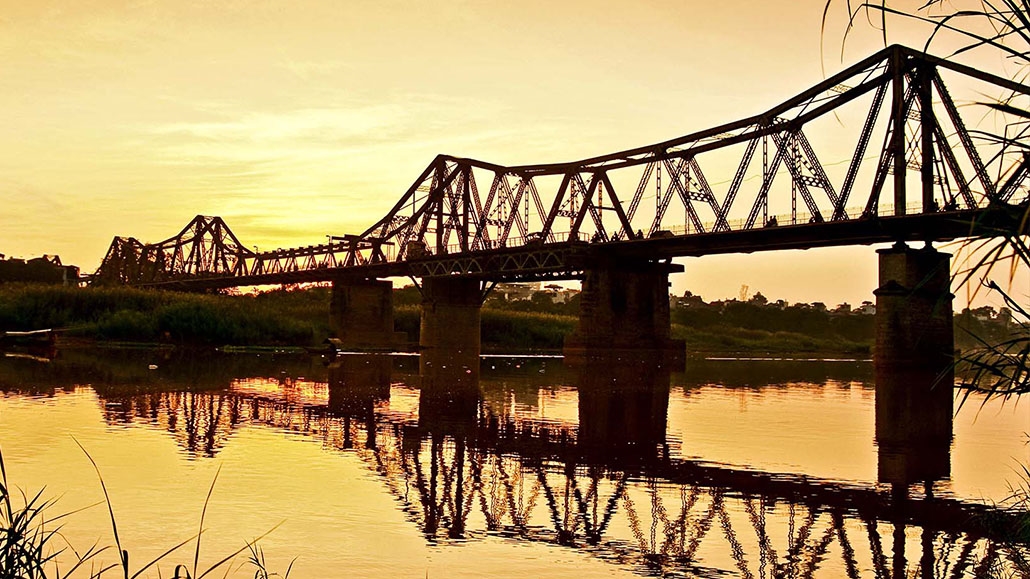Exploring the Long Bien Bridge: Hanoi’s Historical Landmark
Long Bien Bridge is more than just a structure; it’s a symbol of Hanoi’s resilience and history. Spanning the Red River, this iconic bridge connects the districts of Hoan Kiem and Long Bien, serving as a vital link for both locals and tourists. Built during the French colonial period, it stands as a testament to the city’s past and its journey through time. Whether you’re a history buff, a photography enthusiast, or simply curious about Hanoi’s landmarks, Long Bien Bridge offers a unique glimpse into Vietnam’s rich cultural tapestry.
Historical Significance
Constructed between 1899 and 1902, Long Bien Bridge was designed by the renowned French architect Gustave Eiffel, the same mind behind the Eiffel Tower. It was one of the first steel bridges in Vietnam and played a crucial role during the French colonial era, facilitating transportation and trade. During the Vietnam War, the bridge was a strategic target due to its importance in connecting Hanoi to other parts of the country. Despite being heavily bombed, the bridge was repeatedly repaired, symbolizing the resilience and determination of the Vietnamese people. Today, it stands as a historical monument, reminding visitors of the city’s turbulent yet triumphant past.
Visiting the Bridge
For those planning to visit Long Bien Bridge, it’s easily accessible from Hanoi’s Old Quarter. You can walk or cycle across the bridge, which offers stunning views of the Red River and the surrounding landscape. Early morning or late afternoon are the best times to visit, as the lighting is perfect for photography, and the weather is generally cooler. The bridge is still in use today, with trains, motorbikes, and pedestrians sharing the space. As you walk along the bridge, you’ll notice the rustic charm of its weathered steel and the bustling life of the city below. It’s a great spot to observe local life, with vendors selling snacks and drinks, and fishermen casting their nets into the river.
Cultural and Social Impact
Long Bien Bridge is not just a piece of infrastructure; it’s a cultural icon that has inspired artists, writers, and filmmakers. It represents the spirit of Hanoi and its people, who have endured and thrived through adversity. The bridge is often featured in Vietnamese literature and films, symbolizing the connection between the past and the present. It’s also a popular spot for locals to gather, especially during the weekends, when the bridge becomes a lively hub of activity. Street performers, food vendors, and families enjoying a leisurely stroll contribute to the vibrant atmosphere. For visitors, it’s an opportunity to immerse themselves in the local culture and experience the warmth and hospitality of the Vietnamese people.
Long Bien Bridge is more than just a crossing over the Red River; it’s a journey through history and culture. Whether you’re exploring its historical significance, enjoying the scenic views, or soaking in the local atmosphere, the bridge offers a unique and enriching experience. It’s a must-visit landmark for anyone traveling to Hanoi, providing a deeper understanding of the city’s heritage and the enduring spirit of its people.
